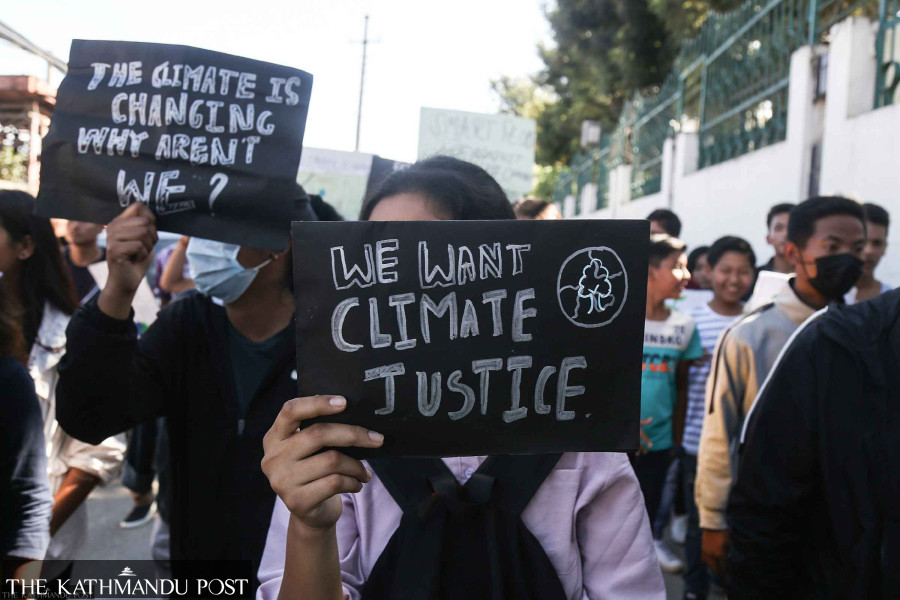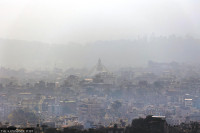Health
‘Public health should be at the centre of climate change negotiation’
Experts say climate crisis is not only environmental issue but also a public health crisis and an existential threat.
Arjun Poudel
Nepal had aimed at eliminating Kala-azar by 2013. Then the elimination target was deferred till 2017, and 2020. Health authorities are now planning to achieve the target by 2030.
The disease, which is also known as visceral leishmaniasis or black fever, was considered non-existent in areas above 650 metres in the past but has been spreading also in areas above over 3,000 metres of late.
“I had taught students that the vector of Kala-azar transmitted by female phlebotomine sandfly does not survive in places other than 12 districts of Tarai,” said Professor Murari Lal Das, an entomologist at the BP Koirala Institute of Health Sciences, Dharan. “But people from all districts, including mountainous regions such as Kalikot, are being infected.”
Along with Kala-azar, several other diseases—vector-borne, water-borne, food-borne, respiratory illnesses, and mental illness—have risen manifold throughout the country.
The earth is warming at an alarming pace, which is blamed to be the main culprit for the rise of all these problems, according to experts.
“The climate crisis is not only an environmental issue but also a public health crisis that has been threatening the existence of life on our planet,” said Megnath Dhimal, chief researcher at the Nepal Health Research Council. “Countries like ours have been affected the most and this needs urgent action.”
Nepal is one of the most vulnerable countries in the world to the climate crisis and has witnessed extreme weather events over the past decade and a half.
Evidence indicates that the maximum temperature in Nepal is rising at a faster pace (0.056 degrees Celsius per year) than the global average (of 0.03 degrees Celsius per year).
Experts say extreme weather events—excessive rainfall in a short span of time, continuous rain for several days in the post-monsoon period, dry spells and drought, below-average precipitation and above-normal temperatures in winter—have become more frequent in Nepal in recent years. All these conditions affect human health adversely, according to experts.
Experts say the most vulnerable and disadvantaged communities, such as women, the elderly, children, ethnic minorities, those who are disabled, and those who are destitute and displaced are disproportionately affected by climate-sensitive diseases and health risks.
Meanwhile, the 64th Institute of Tropical Medicine Antwerp (ITM) Colloquium, held in Kathmandu on November 21–23, recommended that people’s health should be at the centre of climate change negotiation.
The colloquium held against the backdrop of COP28 in Dubai, where world leaders, government representatives, delegates and environment scientists gathered for the United Nation’s annual climate summit, recommended a high-level political commitment to a complete phase-out of fossil fuels and commitment to no new fossil fuel infrastructure.
The meeting also recommended increasing support to low- and middle-income countries for protecting vulnerable populations, capacity building, and building climate-resilient health infrastructures, reduction of greenhouse gases and controlling air pollution, among others.




 7.12°C Kathmandu
7.12°C Kathmandu













%20(1).jpg&w=300&height=200)
